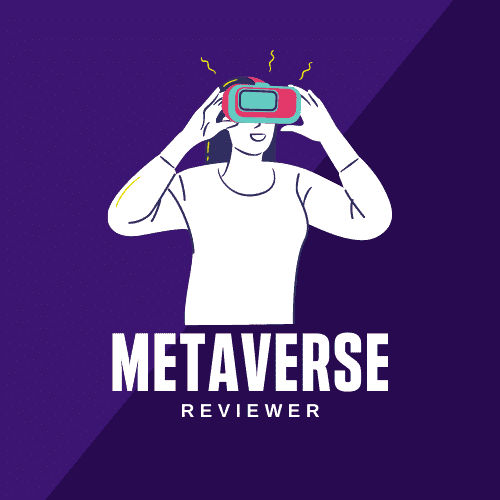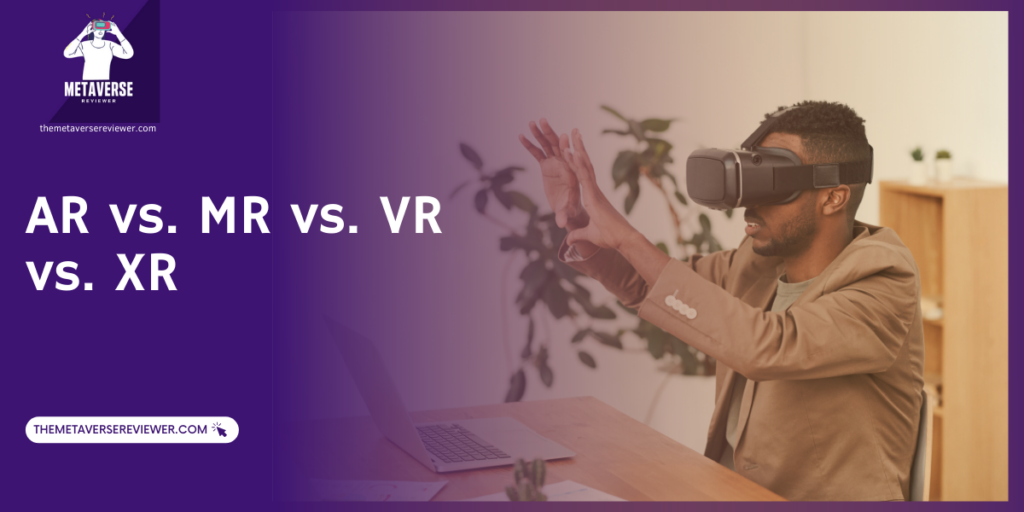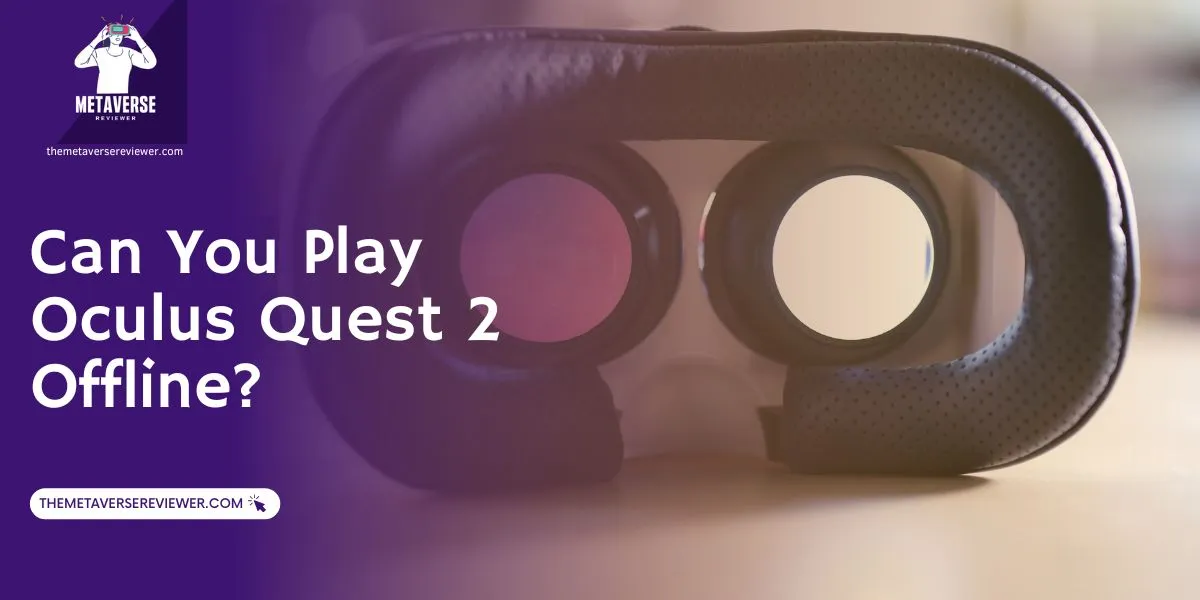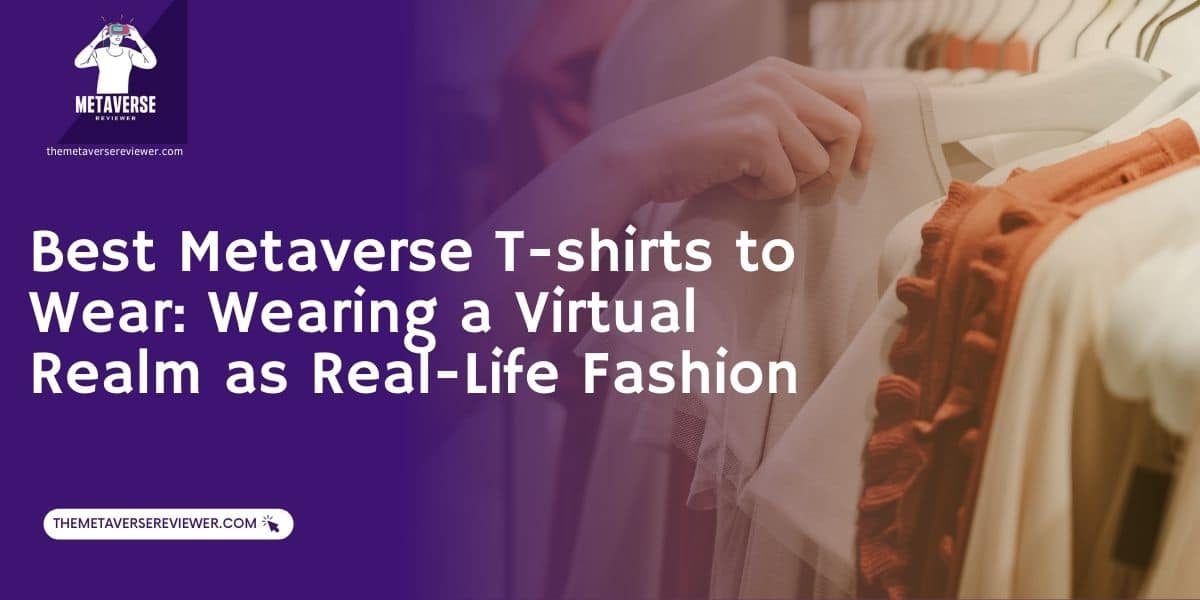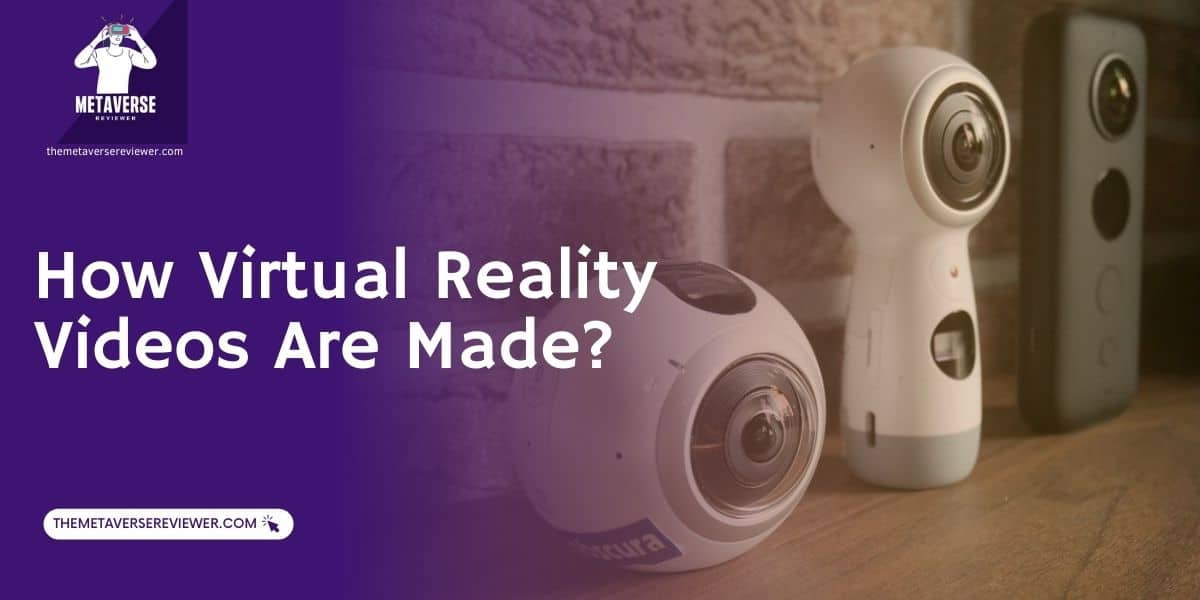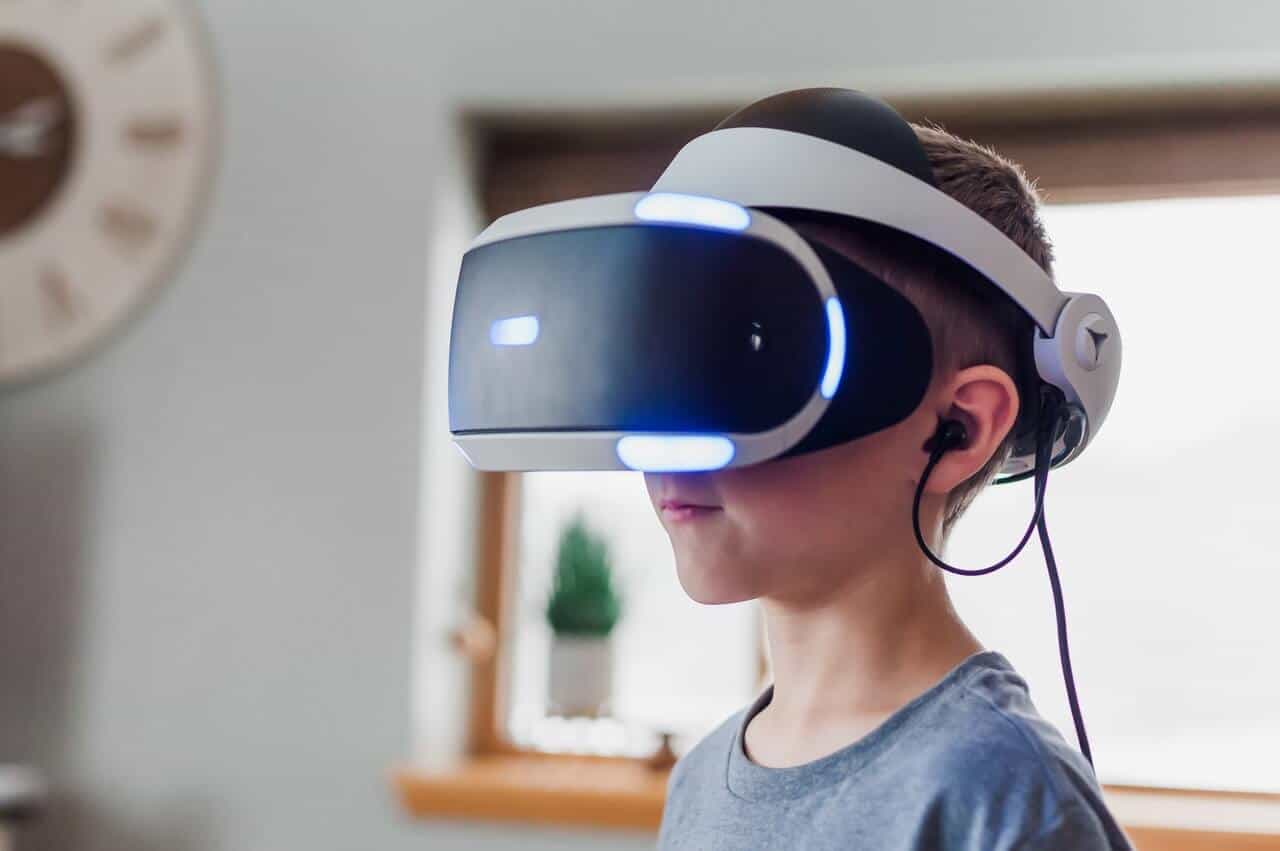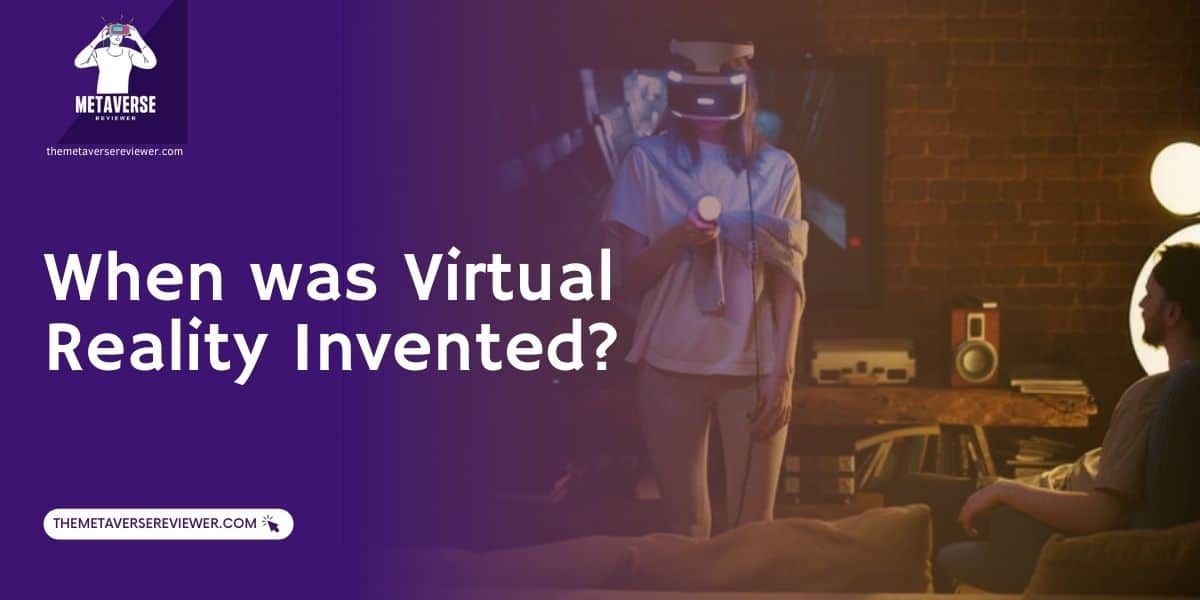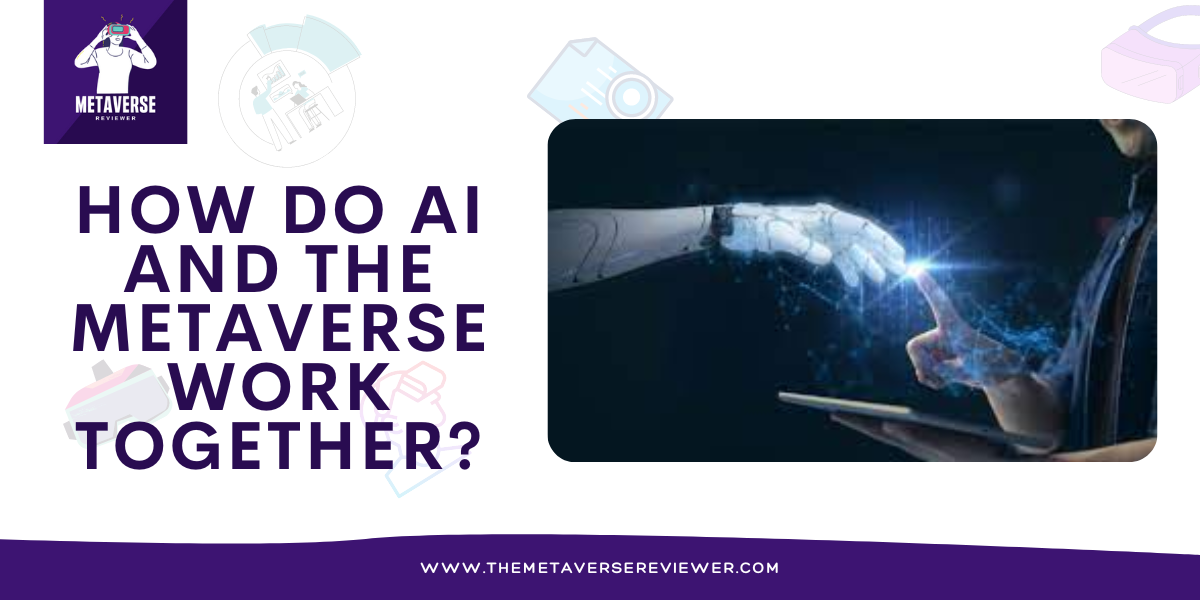Recently, terms like virtual reality (VR), augmented reality (AR), mixed reality (MR), and extended reality (XR) are causing a lot of confusion among the general public. In general, a lot of people still refer to only VR and AR to describe the might of the concept that these technologies comprise, but in essence, it isn’t enough.
Stay with us as we elaborate on the concepts that define the different technologies, as well as distinguish the main qualities of each. From augmented reality to extended reality, let’s find out what makes these technologies different and unique.
What Is Extended Reality (XR)?
In essence, extended reality (XR) is an all-encompassing term that includes technology that changes or transforms reality by attaching digital elements to the real-world surroundings or the physical reality we all know as such. In such a scenario, the line between what’s real and what’s digital is becoming thinner and more blurred.
The term XR incorporates AR, MR, VR, and other technologies (even those that haven’t yet been developed) in any stage of the virtual continuum. We must understand that XR technologies move at a very fast-paced tempo, and new concepts emerge, so we haven’t yet seen or experienced their full potential.
How Does XR Differ From AR, VR, and MR
As we mentioned, XR is an umbrella term for technologies delivering full digital immersion and semi-virtual environments. To put it plainly, XR is AR, VR, and MR, which ties together all of the qualities of the technologies.
To further clarify things, consider the following: both a virtual reality headset and an augmented reality headset – besides being different technologies – are referred to as XR technologies.
Examples of XR
In a nutshell, everything that is AR, VR, or MR is an example of XR. As extended reality truly extends over augmented reality, virtual reality, and mixed reality (and other immersive technology to come), we can see examples of VR in-camera filters, IoT, 5G networks, AI, and so on.
In addition, vehicle design and development, e-commerce try-on features, gaming, surgical plans, and physiotherapy in the healthcare industry are good examples of the use of XR.
What Is Augmented Reality (AR)?
Short for augmented reality, AR is basically a technology that allows for digital elements to be overlaid into a physical reality. In an AR setting, you will experience the presence of typical real-life elements accompanied by digital assets. However, there will be no actual interaction between the physical, real-world elements and the digital ones.
An AR setting resembles a real-world setting with the added benefit of digital elements close to the virtual continuum. In plain English, AR can be explained as the ability to experience reality or augment the user’s visual (and in some cases auditory) experience of their actual environment.
What Is Mixed Reality (MR)?
Mixed reality takes the effects of AR a bit further. As a novel technology, MR not only enables the overlay of digital elements into a realistic environment but also allows users to interact with the digital elements. By immersing in an MR environment, users can see and interact with the digital elements and the real-world elements that are part of the physical setting.
In a broader sense, MR encompasses an array of immersive technologies that have the ability to merge virtual and real-world assets. The interaction between the digital and real elements is performed in real-time, while the user is totally aware of the surroundings.
Augmented reality and mixed reality are not synonymous. The main distinction is set like this: all MR is AR, but not all AR is MR.
What Are Examples of MR and Its Application?
Today there are a lot of MR devices, such as Microsoft HoloLens, Magic Leap, or Meta. These devices use transparent displays or smart glasses that superimpose virtual objects onto the user’s view of the actual, real-world environment in front of them.
Mixed reality devices run on intricate, cutting-edge sensors and cameras which track the user’s position and movements. By doing so, these devices make it possible for the digital elements to be accurately placed in the user’s visual field, allowing for a seamless, blended reality experience.
Contrary to AR, which is only partly a digital experience, and VR, which is a full digital immersion, MR brings the best of both worlds to the user. For instance, the filters we use on Instagram and Snapchat are practically MR, as are virtual furniture fittings, makeup makeovers, etc.
What Is Virtual Reality (VR)?
As opposed to AR and MR, which do not exclude real-world environments from the experience, VR does. When a user is in a VR setting, they are fully immersed in a digital world, leaving real-life elements out of the way.
From a technical POV, VR represents a simulated experience that is made possible through tracking the gestures and movements of the user and 3D near-eye displays to allow users to immerse in a fully virtual environment.
While in VR, users find themselves in a setting that includes computer-generated images and sounds, comprising scenes that appear to be real but are not.
Key Takeaway: Differences Between XR, VR, MR, and AR
To make sure you never confuse any of the upcoming digital technologies again, remember them like this: AR and MR are interactive, semi-digital environments users can immerse in and be aware of their actual, real-life surroundings; VR is a fully virtual environment that blocks the real world; and lastly, XR is all of the above.
- Gemini vs. GPT4 – Which One to Use? - December 17, 2023
- Can You Play Oculus Quest 2 Offline Without Wifi - November 10, 2023
- VR Sickness – What You Need to Know - September 17, 2023
